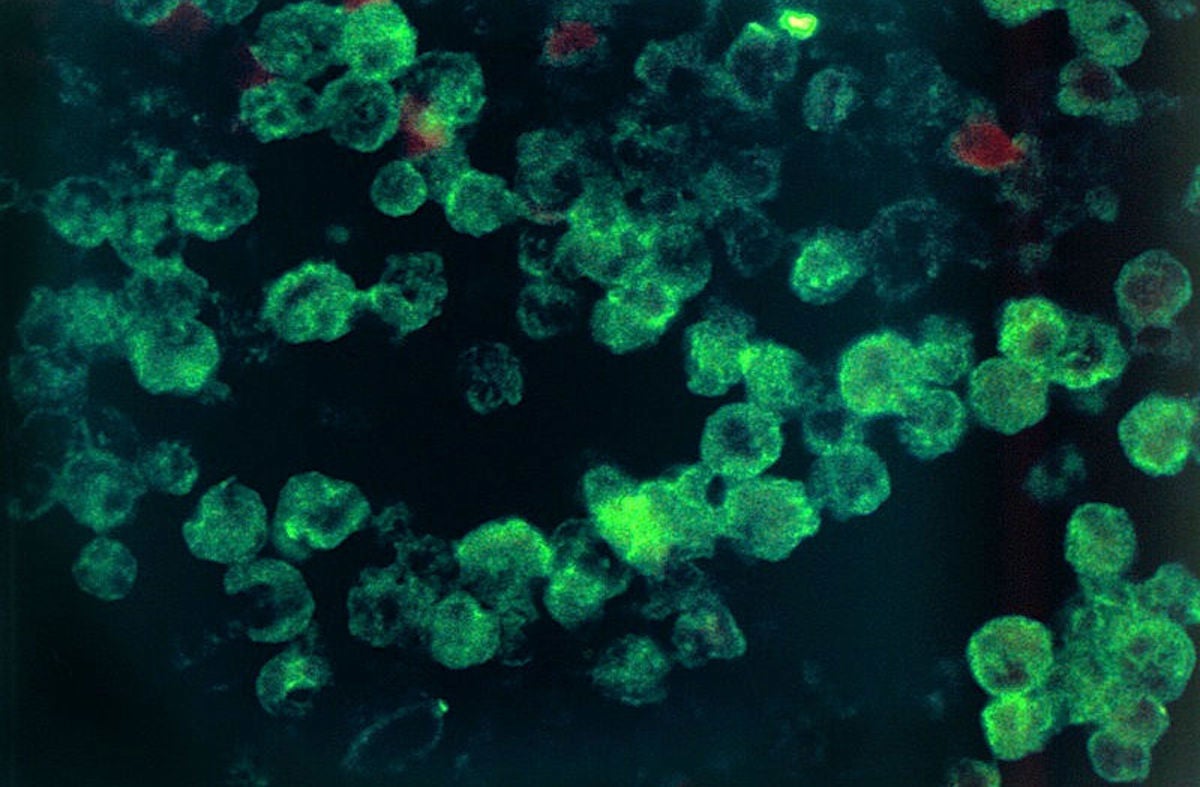Florida registers fourth case of brain-eating amoeba this year

A patient in Florida is undergoing treatment after being infected with the fourth known case of Naegleria fowleri, a deadly brain-eating parasite.
The unidentified patient likely contracted the infection after swimming in contaminated water on private property, Mara Gambineri, the Florida Department of Health’s communications director, told CNN.
The amoeba feeds on bacteria but if it infects the brain—usually in dirty water inhaled through the nose—it starts to consume grey matter.
A potentially life-saving drug named miltefosine has previously been used to treat two patients, and the chief executive of the drug’s manufacturer is remaining optimistic about the chance of survival.
"This is the most optimistic, cautiously optimistic," Profound CEO Todd MacLaughlan told the network. "I've been so far as compared to other cases because of how fast (the patient was) diagnosed and how quickly treated in combination with other drugs."
Naegleria fowleri is almost always deadly, according to the Centres for Disease Control and Prevention, as there are only three survivors of the 138 cases recorded between 1962 and 2015. Infections are most commonly found in southern and southwestern states of the country.
Earlier this month, an 11-year-old girl became infected with the parasite while swimming in a South Carolina river. She was treated with miltefosine but did not survive.
In July, a 19-year-old man in Texas died after contracting the infection while working as a lifeguard near Houston.
In June, an 18-year-old woman in Ohio died from the infection after inhaling water when she fell out of her raft at a water park in North Carolina.
At the time, the state epidemiologist said a complex set of conditions were needed for infection to occur.
"First, you must be swimming in water in which the amoeba is present," Linda Bell said in a statement. "Second, you must jump into the amoeba-containing water feet-first, allowing the water to go up your nose with enough force that the amoeba can make its way to the brain."
Bookmark popover
Removed from bookmarks